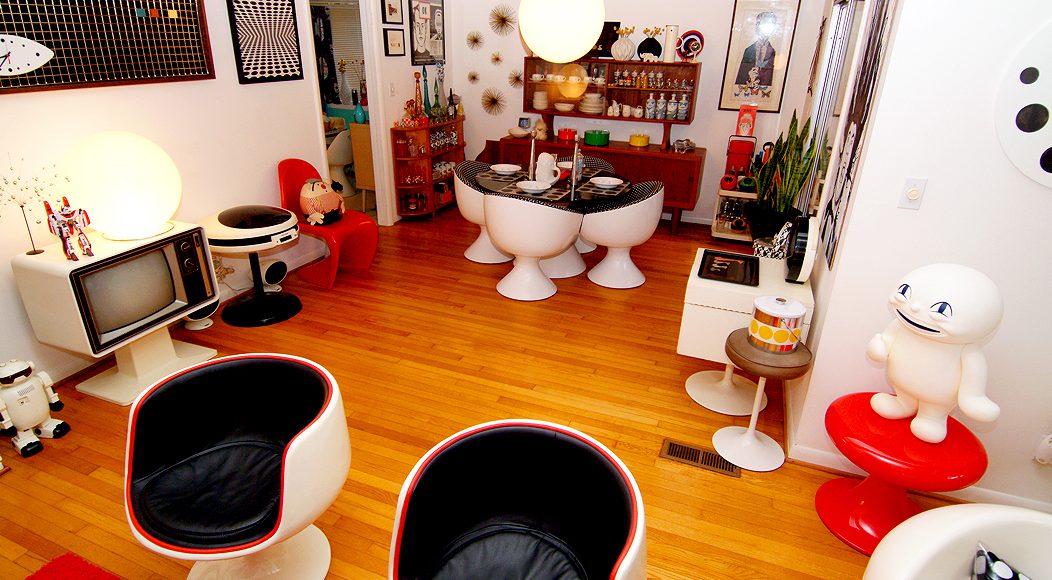The Memphis group comprised of designers and architects (mainly Italians) who created a series of influential products in the 1980’s. They challenged the idea that products had to follow conventional shapes, colors, textures and patterns. Expensive elements such as granite and marble were paired with materials such as plastics, plywood, laminates and Formica. Often was the case that color and pattern were saturated beyond many observer’s level of comfort. Form followed function – or did it?
The Memphis group was founded in 1981 by Ettore Sottsass who called Memphis design the ‘New International Style’. Among its members were Alessandro Mendini, Martine Bedin, Andrea Branzi, Aldo Cibic, Michele de Lucchi, Nathalie du Pasquier, Michael Graves, Hans Hollein, Arata Isozaki, Shiro Kuramata, Matteo Thun, Javier Mariscal, George Sowden, and Marco Zanini
Certainly ground breaking at the time, the creations – which ranged from small housewares to entire buildings – were a stark contrast to the chrome-laden black and brown leather creations stemming from the much earlier Bauhaus School and mid 20th century modernism. They took this approach to the “redefinition of design” and soon began exhibiting clocks, lighting, furniture and ceramics created by internationally famous architects and designers.
The work of the Memphis Group has been described as vibrant, eccentric and ornamental. Art Deco, Pop Art, and Futurism were some design inspirations although the work coming out of their group were certainly unique creations.
Sottsass dismantled the group in 1988 and although Memphis may no longer exist it has certainly influenced many and designers in all fields to this day.
The Memphis Milano collection of Dennis Zanone
Dennis Zanone is a photographer and avid Memphis Milano collector living in Memphis, Tennessee. With over 20 years of investment it would be harder to believe that any individual (or museum) has a larger and more comprehensive Memphis Milano collection – even though the likes of MOMA and even Karl Lagerfield have/had also caught the Memphis bug. We are very fortunate that Zanone meticulously documents and shares the pieces on his Memphis Milano Flickr stream and shares the love and knowledge via his Memphis Milano Facebook Page.



